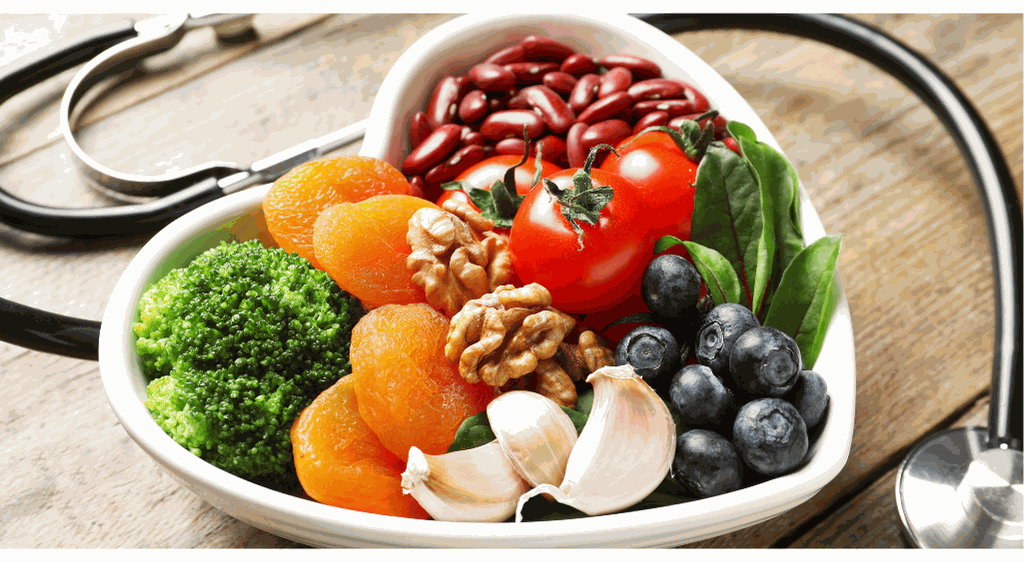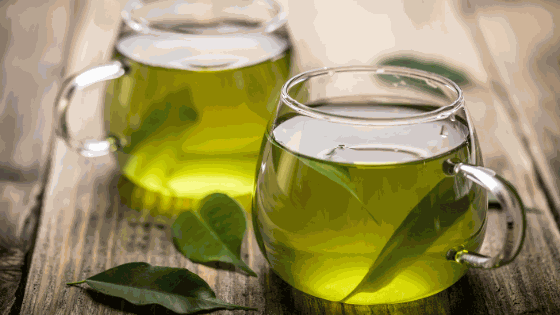Best Foods to Lower Blood Pressure and Maintain Health
Maintaining a normal blood pressure is important as it allows nutrients and oxygen to be delivered to all parts of the body, including important organs like your heart, brain, and kidneys. A healthy diet plays a crucial role in managing and lowering high blood pressure. Read on to learn about some of the best foods to incorporate into your diet to help lower blood pressure.
Leafy green vegetables: Incorporate vegetables like spinach, kale, Swiss chard, and collard greens into your meals. They are rich in potassium, magnesium, and calcium, which are beneficial for blood pressure management.
Berries: Blueberries, strawberries, raspberries, and blackberries are packed with antioxidants and flavonoids that can help reduce blood pressure and improve overall cardiovascular health.
Oatmeal: Start your day with a bowl of oatmeal, which is high in fiber and low in sodium. When prepared with a lower fat or nondairy milk, it’s the perfect start to the day for anyone with high blood pressure. The soluble fiber in oats, known as beta-glucan, has been shown to help lower blood pressure.
Garlic: Garlic contains a compound called allicin, which has been associated with blood pressure reduction. Incorporate fresh garlic into your cooking or consider garlic supplements after consulting with a healthcare professional.

Yogurt: Choose low-fat or Greek yogurt, as it is a good source of calcium and probiotics. Probiotics have been linked to modest reductions in blood pressure.
Fish: Fatty fish like salmon, mackerel, and sardines are rich in omega-3 fatty acids, which have been shown to lower blood pressure. Aim to include fish in your diet at least twice a week.
Seeds and nuts: Flaxseeds, chia seeds, sunflower seeds, and almonds are excellent sources of minerals, healthy fats, and fiber. They can be sprinkled on salads, yogurt, or consumed as a snack. When choosing your nuts, be sure to look for raw or dry-roasted unsalted nuts and limit your serving to a small handful.
Potassium-rich foods: Potassium helps balance the sodium levels in the body, which is crucial for managing blood pressure. Some potassium-rich foods include bananas, avocados, sweet potatoes, oranges, and tomatoes.
Dark chocolate: Dark chocolate with a high cocoa content (70% or more) has been associated with lower blood pressure due to its flavonoid content. Flavanols support the production of nitric oxide in the inner lining of blood vessels. This process helps to improve blood flow and relax blood vessels which ultimately lowers blood pressure. However, moderation is key due to its calorie and sugar content.
Olive oil: Replace saturated fats with heart-healthy monounsaturated fats like olive oil. It can help lower blood pressure and reduce the risk of heart disease when used in moderation.
Your drinks also play a major role. Be intentional in reaching for drinks that lower blood pressure. Cutting back on soda, caffeinated drinks and alcohol is a good way to maintain healthy blood pressure. Many of these drinks can raise blood pressure levels, so it’s crucial to seek good, heart-healthy alternatives such as water, green tea, and low-fat milk.

Remember, adopting a well-rounded, balanced diet and making lifestyle changes such as reducing sodium intake, maintaining a healthy weight, exercising regularly, and managing stress levels are also important for managing blood pressure. It's recommended to consult with a healthcare professional or a registered dietitian for personalized dietary advice and guidance.
For personalized nutritional and lifestyle care plans, please book an appointment with our expert Nutritionist. Visit www.eha.ng or chat with us on WhatsApp at 09093995002 today.
Best Foods to Lower Blood Pressure and Maintain Health